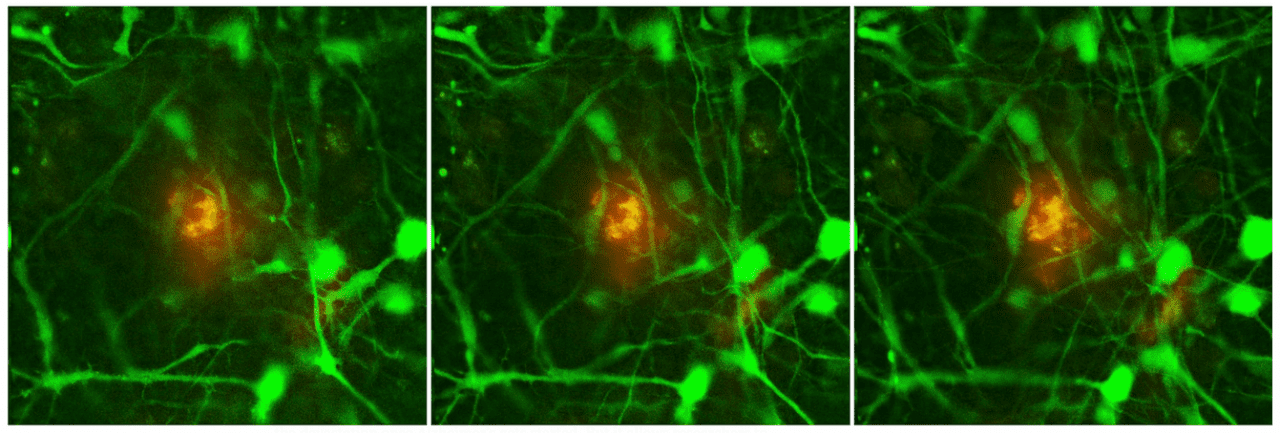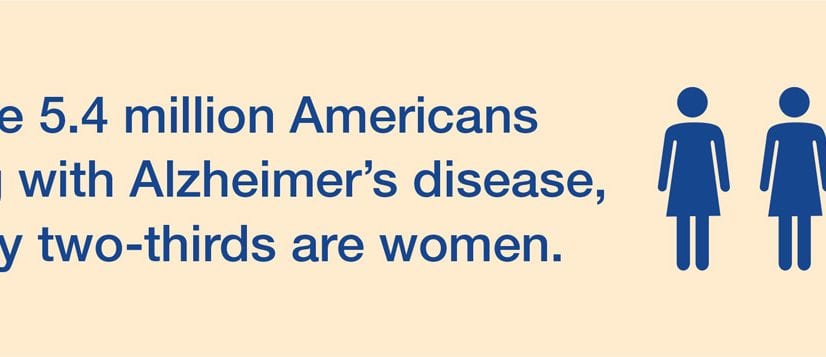
Posted October 13, 2014

“For the first time, and to the astonishment of many of their colleagues, researchers created what they call Alzheimer’s in a Dish — a petri dish with human brain cells that develop the telltale structures of Alzheimer’s disease.”
So begins a new story in the New York Times by science reporter Gina Kolata announcing breakthrough research just published by the journal Nature.
The research, conducted by Dr. Rudy Tanzi and Massachusetts General Hospital (MGH) colleagues Drs. Doo Yeon Kim, Se Hoon Choi and Dora Kovacs and funded by Cure Alzheimer’s Fund (CAF), demonstrates for the first time precisely how the protein Abeta (the main component of plaques) stimulates the creation of tau “tangles.” Further, the researchers identified a key enzyme in this process.
“It is a giant step forward for the field,” Duke Univeristy’s Dr. P. Murali Doraiswamy told the Times. “It could dramatically accelerate testing of new drug candidates.”
The Tanzi breakthrough simultaneously boosts Alzheimer’s research in three vital ways:
First, it gives reseachers final confirmation of the “amyloid hypothesis,” a long-disputed theory about the earliest stages of the disease.
Second, it provides a promising new therapeutic target. “Here we show for the first time that Abeta deposition by human neurons is sufficient to lead to tangles,” said Tanzi, director of the Genetics and Aging Research Unit at MGH and chairman of CAF’s Research Consortium. “If you block the amyloid deposition, you block tangles from forming downstream.”
Finally, the experiment was conducted with an innovative and powerful new tool: use of human Alzheimer’s neurons derived from non-embryonic stem cells grown in a petri dish. “We call this system Alzheimer’s-in-a-Dish,” Tanzi said. “This is the first time anyone has successfully recapitulated amyloid and tau pathology in a single human neural cell culture. It creates a near-ideal lab model of the disease that will help us dramatically accelerate drug testing.”
Jeffrey L. Morby, Chairman of Cure Alzheimer’s Fund, welcomed the research breakthrough and the high-level recognition. “We’re so gratified that Nature, one of the world’s most prestigious science journals, and The New York Times, the newspaper of record, have both recognized the profound importance of this research. But we won’t rest on these laurels. We are already leveraging these exciting discoveries into even more aggressive research. We are determined to stop this dreadful disease as soon as humanly possible.”
_________________
The New York Times story can be found here. Please note, it is Times policy not to mention the names of funders when covering scientific studies.
_________________
Want to learn more about Dr. Tanzi’s research? Watch his presentation during our recent symposium on Wednesday, October 15.





